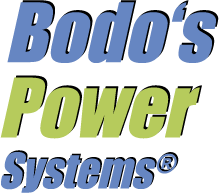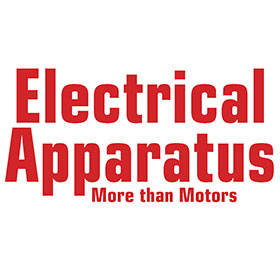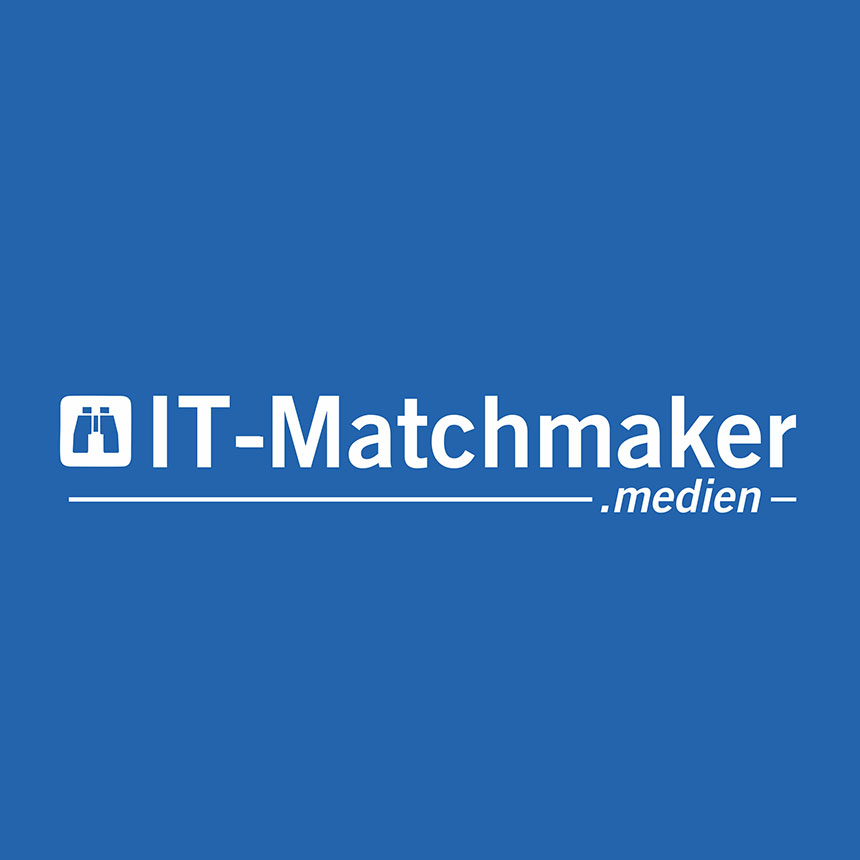Tomas Jezdinsky
Market Research Consultant International Copper Association Europe
Over 25 years of experience as technical b2b market research project manager, and since 2009 as freelance consultant, conducting numerous market analysis in areas like energy generation & distribution, renewables, electrical machines and e-mobility.
Master degree in philology/ human arts and also strong technical background based on some years of coursing studies of applied physics.
Native German and fluent in English, French, Spanish and Italian language, conducted personally several hundred in-depth expert interviews and focus groups in European countries, Latin America and USA.
In the past years involved in several Horizon2020 projects as in-house consultant for ECI (European Copper Institute) in topics related to energy efficiency and e-mobility.
2025 Onsite Content Agenda Sessions
Sustainability: The Use Phase (high energy performance)
• Applications / sectors where customers already ask for higher efficiency than current regulations
• Technologies used and in development for the very high
efficiency segment/applications (fixed vs variable speed
uses)
• Debate: Should the upcoming regulation revise upwards the minimum energy performance requirements for motors?
Which power segments?
Tuesday 03 June 13:50 - 14:40 Electric Motors Workshop
• Technologies used and in development for the very high
efficiency segment/applications (fixed vs variable speed
uses)
• Debate: Should the upcoming regulation revise upwards the minimum energy performance requirements for motors?
Which power segments?
Electric Motors Workshop Europe/London
Sustainability: The Manufacturing Phase (low-carbon materials and processes)
Low emissions in manufacturing
• Scope 3: supply of sustainable, low-carbon raw materials
• Recycling manufacturing scrap
• Recycled content: what is feasible and what advantage it
brings
Tuesday 03 June 15:00 - 15:50 Electric Motors Workshop
• Scope 3: supply of sustainable, low-carbon raw materials
• Recycling manufacturing scrap
• Recycled content: what is feasible and what advantage it
brings
Electric Motors Workshop Europe/London
Sustainability: Maintenance, Repair, and the End-of -Life Phase (life extension and looping material
How can the life of a motor be extended (innovation in
maintenance, repairs…)? In which cases is it usually made? Is
there an opportunity for improvement in this field, to reach
new motor classes and sizes?
• What happens to motors when they come to the end-of-life? Different treatments depending on their size.
• Which business models could be developed to improve the
circularity with full recovery and minimal downcycling of materials?
Tuesday 03 June 15:50 - 16:40 Electric Motors Workshop
maintenance, repairs…)? In which cases is it usually made? Is
there an opportunity for improvement in this field, to reach
new motor classes and sizes?
• What happens to motors when they come to the end-of-life? Different treatments depending on their size.
• Which business models could be developed to improve the
circularity with full recovery and minimal downcycling of materials?
Electric Motors Workshop Europe/London
Wrap-up. Tentative messages for presentation and debate in the public panel on the 4th June
Tuesday 03 June 16:40 - 17:00 Electric Motors Workshop
Technical Discussion: How To Close the Circular Economy Loop for Motors and Transformers at their En
Several hundred thousand of medium power transformers and millions of motors reach their end-of-life annually in Europe. A proper recovery and recycling of their raw materials is key to implement a truly circular economy.
On this session we will be covering the following:
- Liquid-filled medium-power transformers have a high degree of circularity at end-of-life, with about three quarters of the material compatible with an entirely circular process. This potential is fully exploited thanks to the fact that only certified companies are allowed to handle liquid-filled transformer recycling, which is a positive legacy of the PCB crisis.
- Dry type transformers follow a totally different recycling route and demonstrate how a lack of separability in the conception of a device can lead to a problematic end-of-life process. Their coils are overmoulded with an epoxy or quartz resin that is hard to separate from the metal conductors. That said, new technology developments open promising routes to improve the circularity of dry transformers.
- All metals from motors can be recovered almost 100%, with some impurities. Smaller motors <150kg are usually not further dismantled. They go directly as entire unit as “electrical scrap” outside of the EU. For larger motors at least housing is cracked and stator vs rotor separated. Copper in the rotor is usually always taken out and sold separately to metal brokers or to recyclers.
Wednesday 04 June 13:15 - 13:55 Central Stage
Manufacturing Technologies and Innovations
Several hundred thousand of medium power transformers and millions of motors reach their end-of-life annually in Europe. A proper recovery and recycling of their raw materials is key to implement a truly circular economy.
On this session we will be covering the following:
- Liquid-filled medium-power transformers have a high degree of circularity at end-of-life, with about three quarters of the material compatible with an entirely circular process. This potential is fully exploited thanks to the fact that only certified companies are allowed to handle liquid-filled transformer recycling, which is a positive legacy of the PCB crisis.
- Dry type transformers follow a totally different recycling route and demonstrate how a lack of separability in the conception of a device can lead to a problematic end-of-life process. Their coils are overmoulded with an epoxy or quartz resin that is hard to separate from the metal conductors. That said, new technology developments open promising routes to improve the circularity of dry transformers.
- All metals from motors can be recovered almost 100%, with some impurities. Smaller motors <150kg are usually not further dismantled. They go directly as entire unit as “electrical scrap” outside of the EU. For larger motors at least housing is cracked and stator vs rotor separated. Copper in the rotor is usually always taken out and sold separately to metal brokers or to recyclers.




















